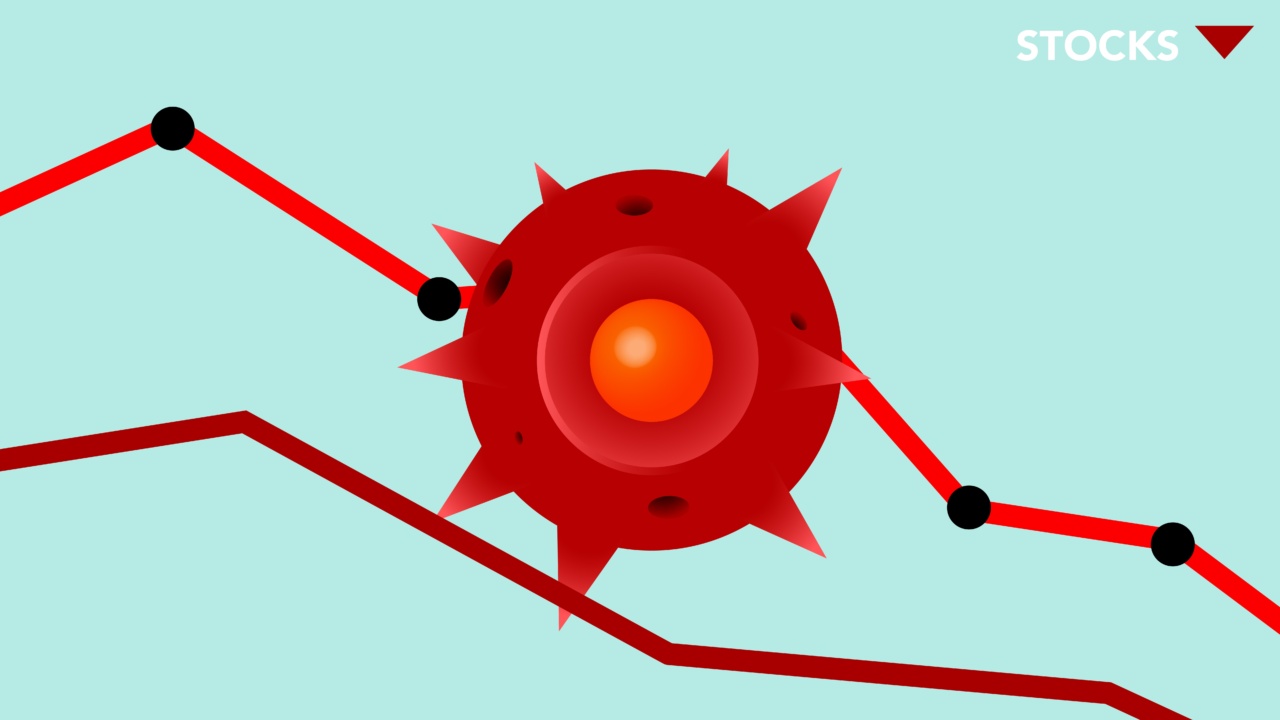Glaucoma is a common eye condition in which the optic nerve is damaged, leading to irreversible blindness. There are different types of glaucoma, including open-angle glaucoma, angle-closure glaucoma, and normal-tension glaucoma.
Although the exact cause of glaucoma is still unknown, it is believed to be related to high intraocular pressure. Therefore, reducing intraocular pressure is the main goal of glaucoma treatment. Several medications can help reduce intraocular pressure and lower the risk of vision loss. Here is a comprehensive list of medications used to treat glaucoma:.
Prostaglandin analogs
Prostaglandin analogs are the first-line medications for glaucoma treatment. They work by increasing the outflow of fluid from the eye, therefore reducing intraocular pressure. Prostaglandin analogs include:.
- Latanoprost (Xalatan)
- Travoprost (Travatan Z)
- Bimatoprost (Lumigan)
- Tafluprost (Zioptan)
Prostaglandin analogs are usually taken once a day in the evening. They can cause side effects such as darkening of the iris and eyelashes, redness, itching, and blurred vision.
People with a history of uveitis or macular edema should avoid using prostaglandin analogs.
Beta blockers
Beta blockers reduce intraocular pressure by decreasing the production of aqueous humor, the fluid inside the eye. They include:.
- Timolol (Timoptic)
- Betaxolol (Betoptic S)
- Levobunolol (Betagan)
- Carteolol (Ocupress)
Beta blockers are usually taken twice a day. They can cause side effects such as bradycardia, asthma, fatigue, depression, and erectile dysfunction.
People with a history of heart block, asthma, or chronic obstructive pulmonary disease (COPD) should avoid using beta blockers.
Alpha agonists
Alpha agonists reduce intraocular pressure by decreasing the production of aqueous humor and increasing the outflow of fluid from the eye. They include:.
- Brimonidine (Alphagan P)
- Apraclonidine (Iopidine)
Alpha agonists are usually taken twice or three times a day. They can cause side effects such as dry mouth, drowsiness, hypotension, and allergic reactions.
People with a history of depression, cardiovascular disease, or kidney disease should avoid using alpha agonists.
Carbonic anhydrase inhibitors
Carbonic anhydrase inhibitors reduce intraocular pressure by decreasing the production of aqueous humor. They can be taken orally or as eye drops. Carbonic anhydrase inhibitors include:.
- Acetazolamide (Diamox)
- Methazolamide (Neptazane)
- Dorzolamide (Trusopt)
- Brinzolamide (Azopt)
Carbonic anhydrase inhibitors are usually taken two or three times a day. They can cause side effects such as tingling in the fingers and toes, metallic taste, kidney stones, and allergic reactions.
People with a history of sulfonamide allergy, liver or kidney disease, or electrolyte imbalances should avoid using carbonic anhydrase inhibitors.
Combination medications
Combination medications are eye drops that contain two or more drugs that work together to reduce intraocular pressure. They include:.
- Dorzolamide-timolol (Cosopt)
- Brimonidine-timolol (Combigan)
- Brinzolamide-brimonidine (Simbrinza)
Combination medications can be more convenient and effective than using multiple eye drops separately. However, they can also cause more side effects and interactions.
People with a history of drug allergies or interactions should consult their doctor before using combination medications.
Surgical options
If medications cannot effectively lower intraocular pressure, surgery may be necessary. There are several surgical options for glaucoma, including:.
- Trabeculectomy
- Tube shunt surgery
- Laser trabeculoplasty
- Laser iridotomy
Surgical options carry risks of complications such as infection, bleeding, and vision loss. They should be reserved for cases that cannot be managed with medications alone or for those who cannot tolerate medications.
Lifestyle modifications
In addition to medications and surgery, lifestyle modifications can also help reduce the risk of glaucoma progression. These include:.
- Avoiding smoking
- Maintaining a healthy weight
- Exercising regularly
- Eating a balanced diet with fruits and vegetables
- Reducing caffeine and alcohol intake
- Managing stress and anxiety
- Protecting the eyes from UV damage and injury
By following these lifestyle modifications and using appropriate medication as prescribed by a doctor, people with glaucoma can reduce their risk of vision loss and maintain good eye health.



























